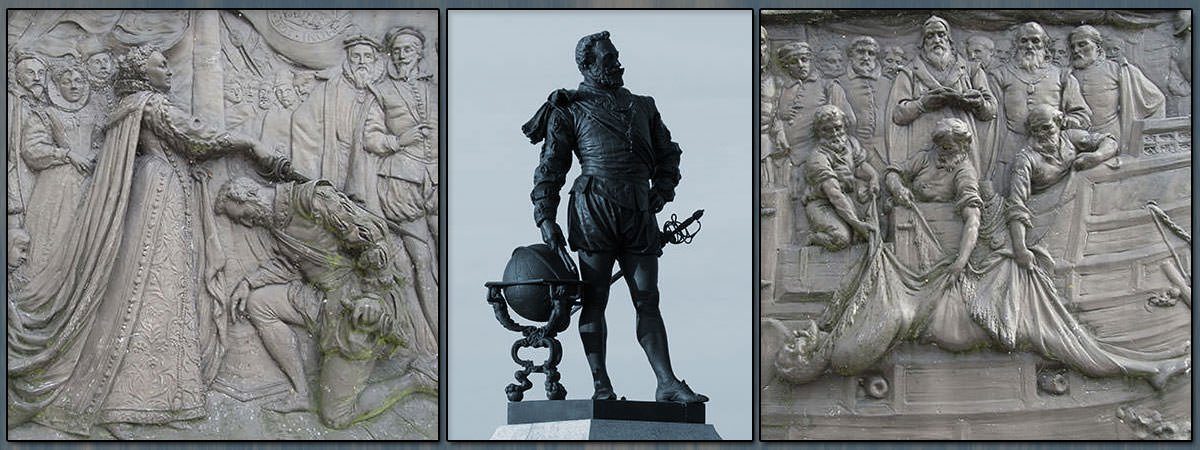Beginning his sea career as a pirate and slave trader, Francis Drake rose to prominence with tussles against the Spanish in the Americas. He was authorized by Queen Elizabeth I to carry out expeditions to raid Spanish treasure ships in the New World and one such expedition led to Sir Francis Drake becoming the first Englishman to circumnavigate the globe. Drake is also famous for his actions against the Spanish Armada of King Philip II. Here are 10 interesting facts about the family, life, voyages and death of one of the most renowned sea captain and explorer in the history of England.
#1 HIS FATHER FLED HIS NATIVE COUNTY
Born in Tavistock, Devon, England, Francis Drake was the eldest child of Edmund Drake and his wife Mary Mylwaye. The exact year of his birth is not known with certainty though it is generally put by historians between 1540 and 1544, with the former date being most likely. Edmund Drake was a Protestant farmer who later became a priest. Along with two other men, he was charged with assault and robbery due to which he had to flee his native county in 1548. There was a story that Edmund fled from Devon to Kent due to religious persecutions but it is now considered to be a fabrication.
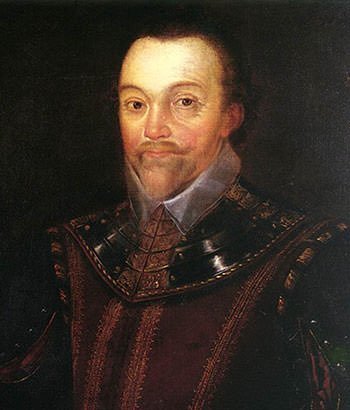
#2 FRANCIS DRAKE WAS INVOLVED IN SLAVE TRADING
His father’s flight didn’t have much effect on young Francis as he was already living in Plymouth with the Hawkins family, who were relatives of the Drakes. The Hawkins family were successful merchants who were part time pirates. Drake started his sea career before he was 13 and at about 18, he enlisted in the Hawkins family fleet. By 1560s, he had become involved in the African slave trade. Drake accompanied his second cousin Sir John Hawkins in slave-trading expeditions, making fortunes through capturing West African people, and then selling their captives into slavery at below market rates in Spanish colonies in the Caribbean.
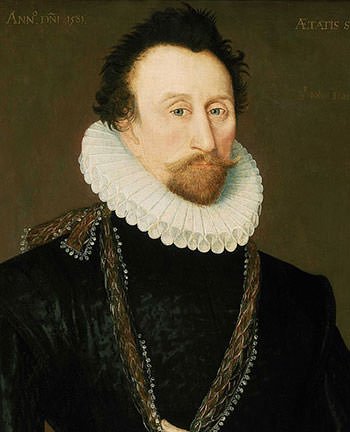
#3 HE VOWED REVENGE AGAINST SPAIN AFTER DEFEAT AT THE BATTLE OF SAN JUAN DE ULÚA
In 1568, Francis Drake was part of a fleet of six ships under John Hawkins which became involved in the Battle of San Juan de Ulúa with the Spanish forces while on an illegal trading expedition. Drake commanded the ship known as Judith. The English fleet was trapped by the Spaniards in the Mexican port of San Juan de Ulúa. The Spanish launched an attack in which the English lost 4 ships and 500 men as well as most of their year’s loot. Drake was able to escape and returned to England in command of Judith in January 1569. Hawkins was also able to survive the attack. Following the defeat at San Juan de Ulúa, Francis Drake vowed to have revenge upon Spain and the Spanish king, Philip II.
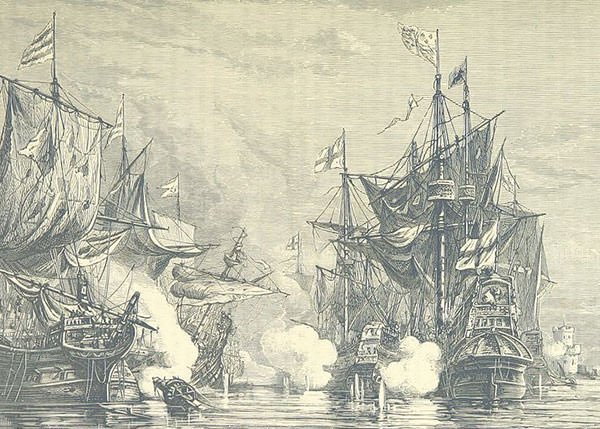
#4 QUEEN ELIZABETH I GAVE HIM A LICENSE TO PLUNDER PHILIP II
Though the expedition was a failure, Francis Drake attracted the attention of Queen Elizabeth I. A privateer is a person authorized by a government to attack foreign vessels. He is akin to a pirate. In 1572, Drake obtained a privateer’s commission from Elizabeth I, basically a license to plunder any property belonging to King Philip II of Spain. On 24th May 1572, Drake embarked on his first major independent enterprise with aim to capture the important Spanish port of Nombre de Dios in Panama. He commanded a crew of 73 men in two small vessels, the Pascha and the Swan.
#5 HE IS CONSIDERED TO BE THE FIRST ENGLISHMAN TO SEE THE PACIFIC
Francis’s Drakes first major expedition lasted from May 1572 to August 1573. During the expedition, Drake and his crew raided several Spanish settlements. They famously captured the Spanish Silver Train at Nombre de Dios in March 1573, picking up so much gold and silver that it was too heavy to carry back to England. Also, it was during this expedition that Francis Drake climbed a high tree in the mountains of Panama to become the first Englishman to see the Pacific Ocean, which was barred to all but Spanish ships. Though Drake couldn’t capture Nombre de Dios, he returned to England both rich and famous.
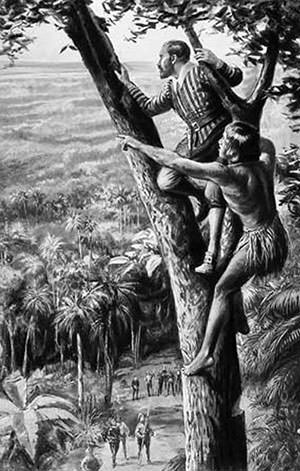
#6 HIS MOST FAMOUS CAPTURE WAS CACAFUEGO
In 1577, Queen Elizabeth chose Francis Drake as the leader of an expedition to explore and raid the Pacific coast of the Americas. On December 13, Drake set sail abroad the ship Pelican, along with four other small ships and a crew of 168 men. By August 1578, Pelican was the sole active ship with others being destroyed, abandoned or returning to England. Drake attacked Spanish ports and captured Spanish ships while sailing along the coast of South America. His most famous loot was the ship Nuestra Señora de la Concepción, nicknamed Cacafuego, whose treasure consisted of 36 kg of gold, 13 chests of coins and jewels, and 26 tons of silver. It took six days to unload the treasure into the Pelican.
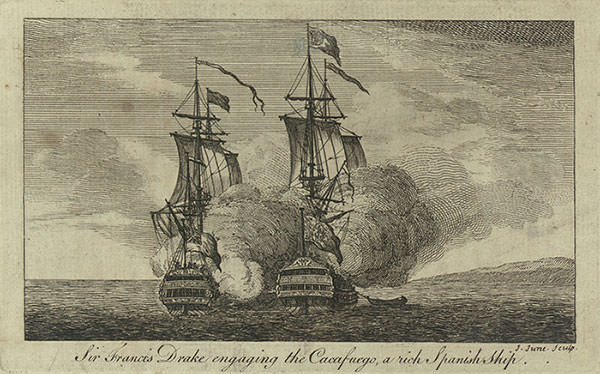
#7 FRANCIS DRAKE WAS THE FIRST ENGLISHMAN TO CIRCUMNAVIGATE THE GLOBE
After looting Cacafuego, Drake travelled north and then left the Pacific coast and headed westwards reaching the Maluku Islands in modern-day Indonesia. From there he went on to the Philippines, where he was well received and succeeded in buying spices. Drake then sailed across the Indian Ocean and around the Cape of Good Hope. Pelican, renamed Golden Hind mid-voyage, landed back in Plymouth on September 26, 1580 with 59 remaining crew aboard and a rich cargo of spices and treasures. Francis Drake thus completed the second circumnavigation of the world in a single expedition and became the first Englishman to circumnavigate the globe. Queen Elizabeth awarded Drake a knighthood aboard Golden Hind on 4th April 1581.
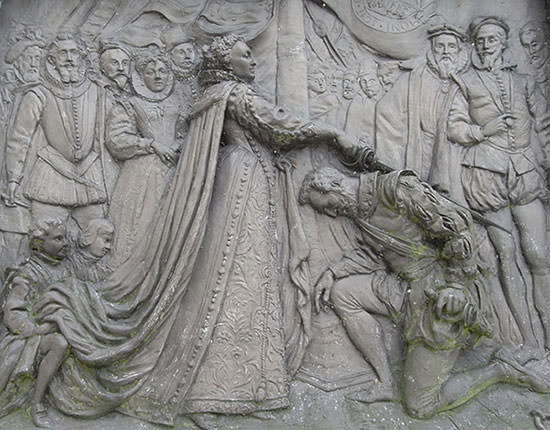
#8 HE WAS VICE-ADMIRAL OF THE ENGLISH FLEET WHICH DEFEATED THE SPANISH ARMADA
By 1586, King Philip II of Spain began preparing a massive fleet for an invasion of England. Sir Francis Drake delayed the Spanish invasion a year by destroying 37 Spanish ships in a pre-emptive strike in 1587. This incident is referred to as “singeing the king of Spain’s beard”, a name given mockingly by Drake. The famous Spanish Armada, consisting of 130 ships, set sail from Lisbon on 28th May 1588. It was defeated by the English fleet at the decisive Battle of Gravelines on July 29. Sir Francis Drake was the vice admiral of the English fleet which overcame the Spanish Armada.
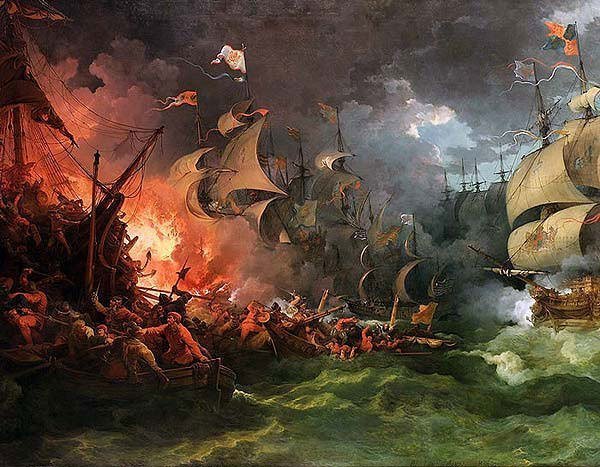
#9 THERE IS AN ON-GOING SEARCH TO FIND HIS LEAD COFFIN IN THE SEA
A year after the defeat of the Armada, Drake along with John Norreys led a similar campaign against the Spanish, known as the Drake-Norris Expedition or “Counter-Armada of 1589”, but it was also unsuccessful. Drake then embarked on a long and disastrous campaign against Spanish America, suffering several defeats. In January 1596, while on a campaign to capture Spain’s treasure supply in Panama, Sir Francis Drake contracted dysentery and died of a fever at the age of around 55. He was buried at sea in a lead coffin, near Portobelo, Panama. There has been a search to find this coffin but, as of July 2016, it remains unsuccessful.

#10 SIR FRANCIS DRAKE WAS THE MOST FAMOUS SEAMAN OF HIS AGE
In 1569, Francis Drake married a Cornish woman named Mary Newman. Newton died 12 years later in 1581 and in 1585 Drake married again. His second wife, Elizabeth Sydenham, was the daughter of George Sydenham, the High Sheriff of Somerset. He didn’t have any children with either of his wives. Sir Francis Drake was the most renowned seaman of the Elizabethan Age. He was an English hero during his time and remained so for years after his death. Several places are named after him in Britain, especially in Plymouth, Devon. Drake was a notorious pirate for Spain where he was called El Draque (“the dragon”). It is said that King Philip II offered a reward of 20,000 ducats (US$6.5m by modern standards) for his life.
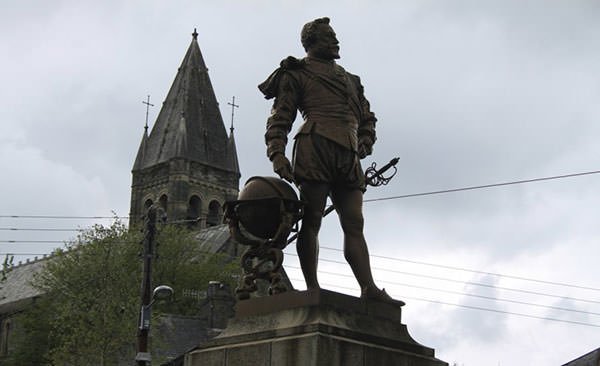
DRAKE’S EXECUTION OF THOMAS DOUGHTY
The 1577–1580 voyage of Francis Drake began with Thomas Doughty sharing responsibility of the expedition with him. However, Drake soon assumed sole command of the expedition resulting in friction between him and Doughty. Drake then demoted Doughty to command of a tiny supply vessel and in May 1578, he struck Doughty and had him tied to the mast. On 3rd June, Drake accused Doughty of witchcraft and charged him with mutiny and treason. Doughty demanded Drake to have him tried on return to England and to show him the Queen’s commission which gave Drake such jurisdiction but Drake refused. Thomas Doughty was beheaded on July 2, 1578. Edward Bright, the ship’s carpenter, who gave the main pieces of evidence against Doughty, was promoted by Drake to master of the ship Marigold.

